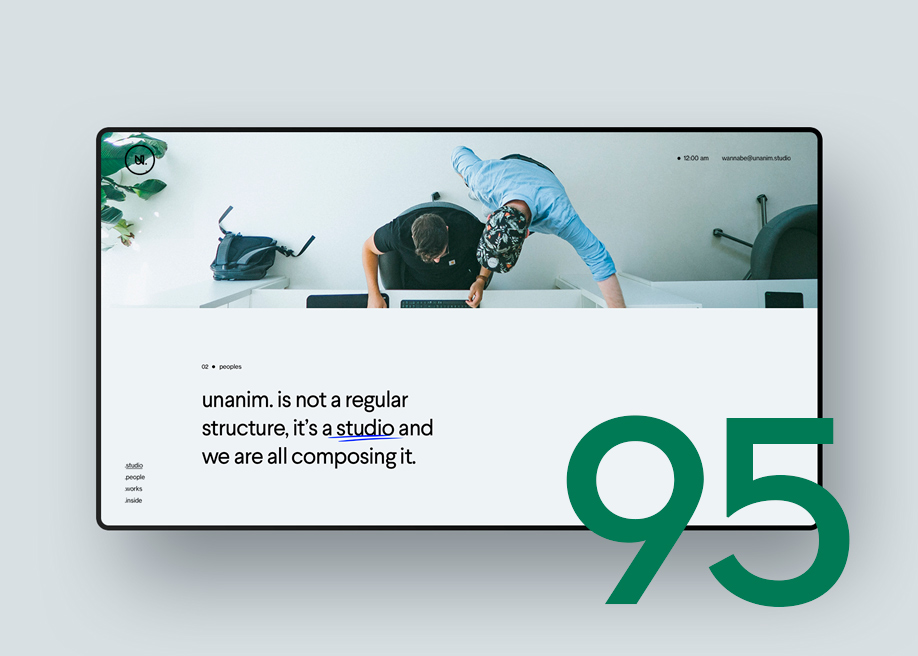Exploring the Relationship Between Web Design and Search Engine Optimization
Exploring the Relationship Between Web Design and Search Engine Optimization
Blog Article
Elevate Your Online Existence With Sensational Internet Style Tips and Trends
The interaction of visual appeal, current layout fads, and user experience plays a pivotal duty in achieving this goal. The subtleties of reliable style extend beyond aesthetic appeals; comprehending essential techniques for optimization can considerably influence your success.
Significance of Visual Allure
This statistic underscores the crucial function that aesthetics play in customer engagement and retention. Effective aesthetic design includes components such as shade systems, typography, design, and imagery, all of which contribute to a natural and enticing individual experience.
Moreover, a visually attractive website infuses a sense of credibility and expertise. Individuals are more probable to rely on a website that looks sleek and well-structured, which can significantly affect conversion prices. Alternatively, a unpleasant or chaotic style can bring about high bounce prices, as customers might perceive the site as unreliable or out-of-date.
Additionally, the aesthetic facets of a website can convey brand identity and worths (Web design). Constant usage of branding elements, such as logo designs and color combinations, reinforces acknowledgment and fosters a deeper link with the audience. To conclude, prioritizing aesthetic allure is important for creating interesting, credible, and brand-aligned online experiences that reverberate with users
Present Style Patterns
Modern website design is constantly advancing, and remaining updated with present patterns is vital for producing impactful online experiences. One noticeable trend is the surge of minimalism, identified by tidy lines, enough white space, and a concentrate on essential elements. This technique not just boosts use but likewise permits material to take spotlight.
Furthermore, dark mode interfaces have actually gained appeal, offering users with an aesthetically striking alternative while reducing eye pressure. This trend lines up well with user preferences, supplying a contemporary visual that is both practical and stylish.
An additional significant fad is the consolidation of strong typography. Designers are progressively making use of large, meaningful font styles to develop visual pecking order and convey brand name messages effectively. Paired with lively shade combinations, this pattern includes dynamism to internet pages.

Vital Design Components
Effective internet design pivots on several crucial style elements that with each other produce a natural and interesting user experience. The first of these elements is design, which determines how content is arranged on the page. A well-structured design not just boosts readability yet also overviews users with the website perfectly.
Color plays an essential function in layout, influencing emotions and brand name assumption. A harmonious shade scheme can evoke particular sensations and establish a visual pecking order, consequently drawing attention to essential components. Similarly, typography is important; the option of typefaces should line up with the brand identification and guarantee clarity across tools.
Additionally, whitespace is frequently forgotten yet is necessary for producing balance. It helps stop clutter, permitting users to concentrate on the crucial aspects without distraction.
Lastly, consistency throughout all style components enhances brand name identity and makes navigation instinctive. By diligently integrating these crucial layout elements, internet designers can develop functional and aesthetically appealing internet sites that mesmerize visitors and motivate communication.
Customer Experience Optimization
A seamless customer visit here experience is important for keeping visitors and driving conversions on a website. Optimizing user experience (UX) entails recognizing your audience and customizing design components to meet their requirements properly. Secret parts of UX optimization include user-friendly navigation, fast packing times, and clear contact us to activity.
Integrate breadcrumb routes to aid users easily backtrack, reducing stress. Rate is an additional crucial element; sites ought to fill within 3 secs to protect against individuals from deserting the website.
Furthermore, your site's style must prioritize clarity. Use readable font styles, contrasting colors, and whitespace to produce an aesthetically attractive layout that guides individuals through content easily. Contact us to activity ought to be prominently presented, using workable language that motivates users to involve.
Mobile Responsiveness Approaches
Virtually half of all web traffic now originates from mobile gadgets, highlighting the significance of executing durable mobile responsiveness techniques. To guarantee optimal individual experience across various display sizes, web designers should embrace a liquid grid format that adjusts seamlessly to various gadgets. This strategy permits content to reorganize and resize without jeopardizing capability or looks.
Integrating versatile images and media queries is important. Images must automatically have a peek at this site readjust their dimension according to the viewport, while media questions can find device features and apply customized CSS styles accordingly. This method enhances tons times and makes certain that users have an aesthetically appealing experience.
In addition, prioritize touch-friendly navigation aspects. Buttons and web links should be easily tappable, with sufficient spacing to stop misclicks. Avoiding hover-dependent interactions further improves use on touchscreens.
Lastly, performing normal screening across different devices and browsers is vital. Devices like Google's Mobile-Friendly Test can assist recognize areas needing renovation. By adopting these mobile responsiveness techniques, businesses can improve individual interaction, increase search engine rankings, and inevitably drive conversions, therefore boosting their on-line presence properly.
Conclusion
To conclude, the application of efficient web style methods dramatically enhances online visibility. By prioritizing aesthetic allure with current style fads and crucial aspects, businesses can promote credibility and involvement. Moreover, enhancing user experience and guaranteeing mobile responsiveness are vital for assisting in seamless interaction across tools. As the digital landscape advances, accepting these concepts will certainly not just mesmerize site visitors however likewise drive conversions, inevitably adding to the overall success of online undertakings.

Conversely, a cluttered or unattractive layout can lead to high bounce prices, as individuals might view the internet site as untrustworthy or obsolete. - Web design
Effective internet layout pivots on several essential style components that with each other create a appealing and cohesive user experience. Optimizing customer experience webpage (UX) entails understanding your audience and customizing style elements to fulfill their demands successfully.
Report this page